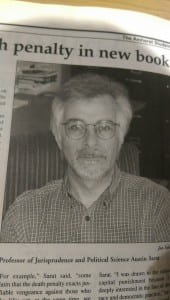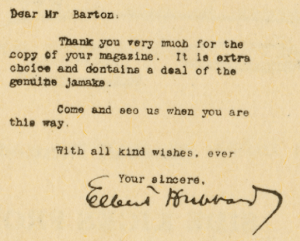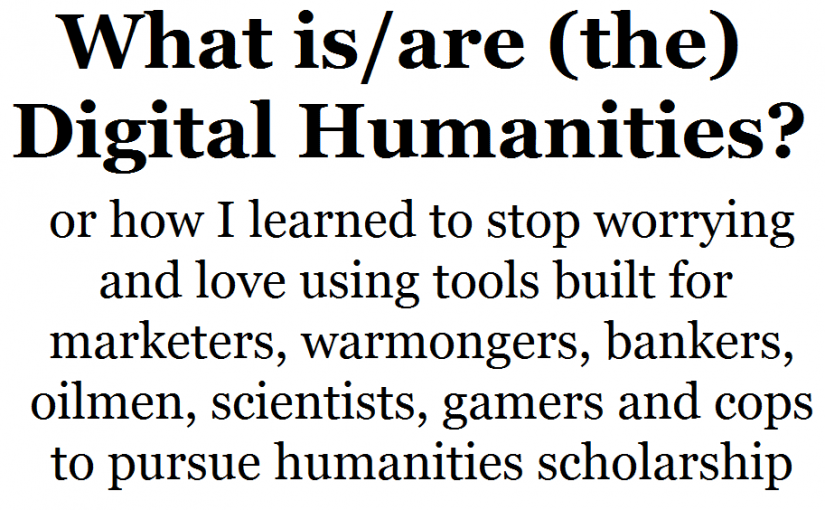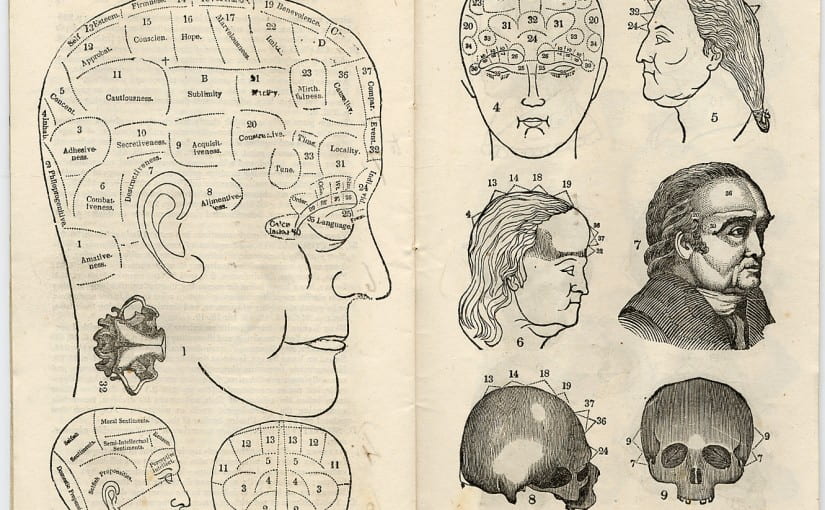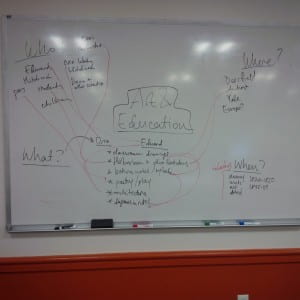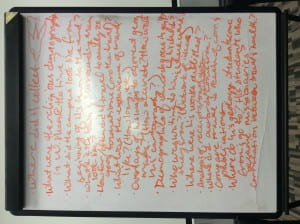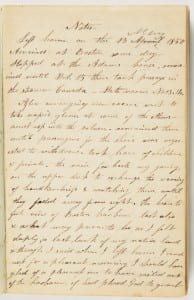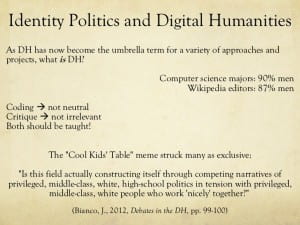I’ve only been through the internship for a fraction of the time that the other interns, Amanda, Emma, and Katie, have been (international student issues). As reassuring as they were in pointing out that we’re in the same boat of inquiry into the Digital Humanities field, which is new to us all interns, I can’t help but feel that they are a leg up in our collective quest to untangle the mysteries of DH.
My first day started with getting me up to speed with what I missed in the first two days. My collegues summarized the function and form of DH from the first week’s readings beautifully in three words: accessibility, authenticity, and aesthetics. While this multifaceted field cannot be constrained by these three words, I found it a good foundation to begin my understanding of DH.
To the three words the other three interns came up with, I would add a fourth: connectivity. My initial understanding of DH is in its role to connect; be it pieces of data to make more data, or data to the people who consume it. In “What is Metadata,” an article published in the Scientific American journal, Bonie Swoger explains how metadata can be used to connect otherwise meaningless pieces of data to produce valuable information: “Without metadata, discovery and reuse of digital information would be much harder.” A major part of DH is in amalgamating this information and in distributing it equitably and systematically, resulting in a recursive, iterative process.
As an Architectural Studies major at Amherst, I am drawn to such recursive, iterative processes. This internship not only presents the opportunity for me to explore a new and fascinating field of inquiry, but also the prospect of learning about the architecture of a place I called home for the past four years. The Archives and Special Collections have a bounty of articles, journals, and photographs that I am excited to dig into for the next two months. Our collective inquiry as interns into the history of Amherst between 1810 and 1861 will undoubtedly unearth findings that are relevant to Amherst today. This summer, I hope to study old Amherst architecture to see how trends in aesthetics and cultural building practices may inform current renovation and construction projects on campus such as the Greenway project, or not.
After a long first day of reading and discussions, I still feel that I don’t have a full grasp of what DH is about. This statement is likely to remain true to the end of the summer, and hopefully through the course of my academic career. That is the beauty of learning – the endless pursuit of knowledge. To have a team of curious minds to join in the journey is but a sweet bonus. I look forward to working with Amanda, Emma, Katie, and the Frost Library team this summer.


